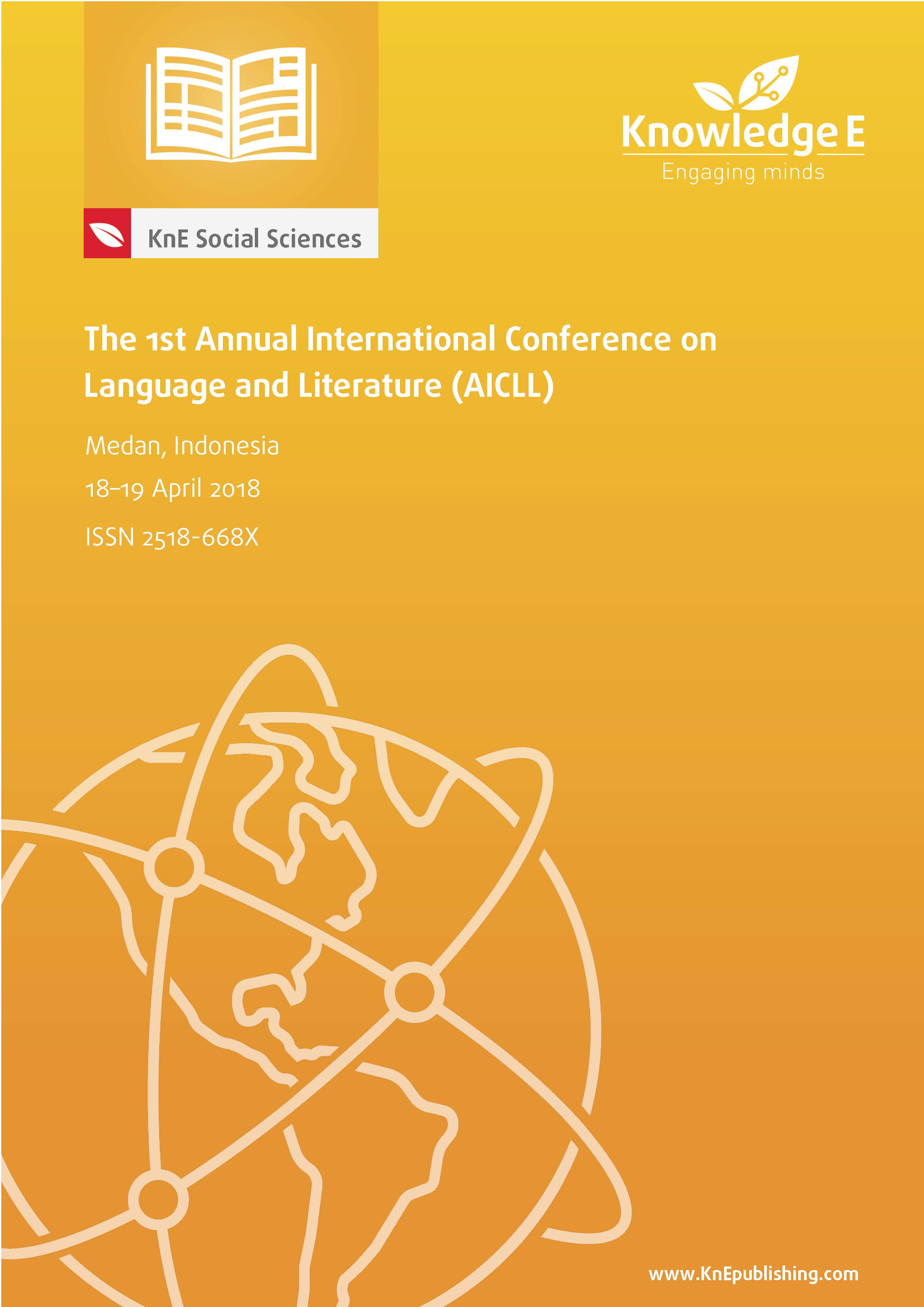Moral Education Value in Ahmad Fuadi’s Novel Rantau Satu Muara
DOI:
https://doi.org/10.18502/kss.v3i4.1935Abstract
This study analyzes the moral education Value in the novel Rantau Sastu Muara written by A. Fuadi. The purpose of this study is to find out the moral values found in the novel which are depicted in the characterization of the characters. This study is also done with objective to reveal the intrinsic elements as the supporting elements in analyzing the moral values or lessons. The results of this study show that there are six moral values which can be taken from the novel: Religious, Hard Work, Love Country, Communicative/friendly, Love Reading, Responsibility. The theory used in this study is proposed by Lickhona (2012) and the method used in analyzing the problems is proposed by Moleong (2009). The findings of this study are hoped to be the reference of individuals to have good morality in life.
Keywords: moral, education, value, love
References
Adisusilo. 2012. Pendidikan Karakter. Bandung: PT. Remaja Rosdakarya.
Elmustian. 2004. Morality and Its Perspective. Singapore. Oxford Universty Press
Fuadi, Ahmad. 2013. Rantau 1 Muara. Jakarta: Gramedia Pustaka Utama
Kesuma. 2012. Inovasi Pembelajaran dalam Pemantapan Pendidikan Karakter. Yogyakarta: Pustaka Pelajar.
Lickhona, T. 2012. Moral Values: Educating for Character. Cortland: Center for 4
Moleong, Lexy J. 2009. MetodePenelitian Kualitatif. Bandung: Remaja Rosdakarya.
Samani, Muchlas dan Hariyanto. 2011. Pendidikan Karakter. Bandung: PT. Remaja Rosdakarya.
Subhan, M.S, Bustami. 2003. A Guide to Literary Criticism. Debut Press: Yogyakarta.
Suparlan. 2010, Moralitas Bangsa: Applikasinya dalam Bernegara. Jakarta. Pustaka Pelajar
Zubaedi. 2011. Desain Pendidikan Karakter: Konsep dan Aplikasinya Dalam Lembaga Pendidikan. Jakarta: kencana Prenada Media Group.

